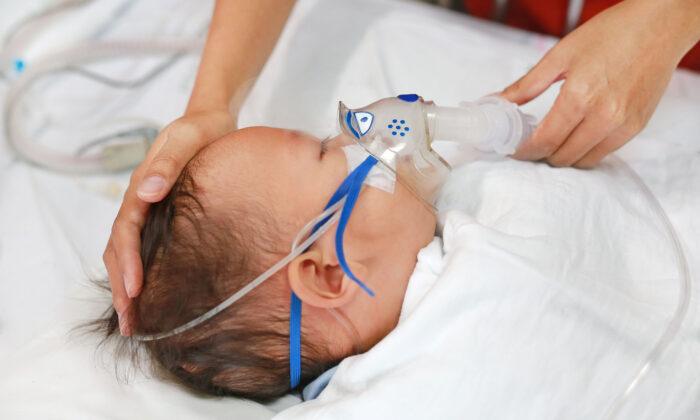A new patient enrolment system designed to help both the government and doctors better understand why people go to emergency departments has been unveiled by the Albanese government.
This follows a report by the Australian Medical Association (AMA), which found emergency wait times were at record levels in almost 30 years.
The new “My Medicare patient ID” system is among a suite of measures the Albanese government has introduced as part of the $2.2 billion package to overhaul Medicare.
Speaking at the national cabinet meeting with state and territory ministers in Brisbane, Prime Minister Anthony Albanese said “commitment to health” was the national cabinet’s priority.
“One of the things that we need to do is to improve primary care delivery so that it takes the pressure off our public hospital systems around the country. And these reforms are practical and will make a difference.”
The suite of measures will include plans to improve access to after-hours medical care for patients; greater and more specialist roles for pharmacists, nurses and paramedics; expanding the nursing workforce to improve access to primary care; flexible funding for multidisciplinary team-based models; and the introduction of the patient ID system “MyMedicare.”
“We will introduce My Medicare patient ID to support wraparound care for patients, registered with their local GP through new blended payment models,” Albanese said.
“One of the things that’s been identified is patients who will regularly turn up at emergency departments, we want to make sure there’s a registration there so that we can reach out.
“What are the issues that are actually driving those regular presentations? It might be a mental health issue, it might be alcohol and drug problems, how do we reach out in order to assist people, but at the same time take pressure off those emergency departments.”
Medical Bodies Back Overhaul
AMA president Steve Robson said that keeping people out of the hospital had been “absolutely endorsed” by the national cabinet.“Recognising that it’s no longer a siloed thing ... everybody has to work together if we’re going to find solutions that will make health more accessible for all Australians,” he told ABC News.
Meanwhile, Royal Australian College of GPs President Nicole Higgins said the new $2.2 billion funding program would enable medical practices to open longer—thereby reducing the number of people turning up to emergency departments, reported AAP.
Albanese said that the establishment of “urgent care clinics” has been announced in South Australia, Western Australia, Victoria, and Tasmania.
The PM added that he would visit other states and territories “in coming days” to announce the opening of more “urgent care clinics.”
The aim of these clinics, Albanese said, was to ease and alleviate the logjam in emergency departments by having these clinics open longer—from 8 a.m. to 10 p.m. These longer hours would allow medical services to be provided to: those who cannot get access to a GP; those whose health needs aren’t acute; and those whose health issues don’t require an emergency department visit, where “the only thing you need is your Medicare card, with bulk-billing available.”
National Disability Insurance Scheme (NDIS) Growth Rate to Halve
The national cabinet also agreed to almost halve the growth of the NDIS.The prime minister said that the current growth in the program’s costs is “just not sustainable into the future.”
Hence, a new financially sustainable NDIS framework was agreed by state and territory leaders, with the new annual target growth of eight percent to be implemented by July 2026.
“Now the growth factor when the NDIS was introduced was anticipated to be four percent, which is why the cap on spending from state and territory governments is 4 percent,” Albanese said.
“Now, we’re not proposing to change that, we want to work in a cooperative way.
“We need to have a sustainable growth trajectory for the NDIS in order to support equity and fairness for all Australians who are living with disability, including those not eligible for the NDIS and ensure that every dollar goes to those who need it most,” Albanese said.
“That’s why we’re providing substantial funding ... $720 million in the Budget ... on May 9, because we want to make sure that it’s sustainable, that the people who need support are getting it,” Albanese said, noting that issues of fraud had been identified “in some cases.”





